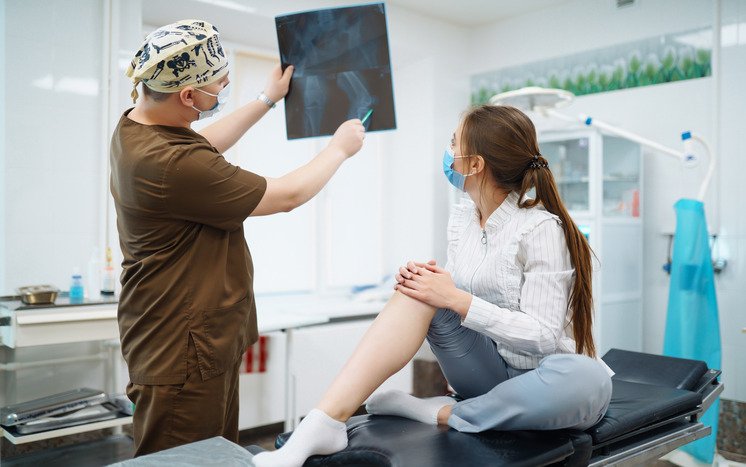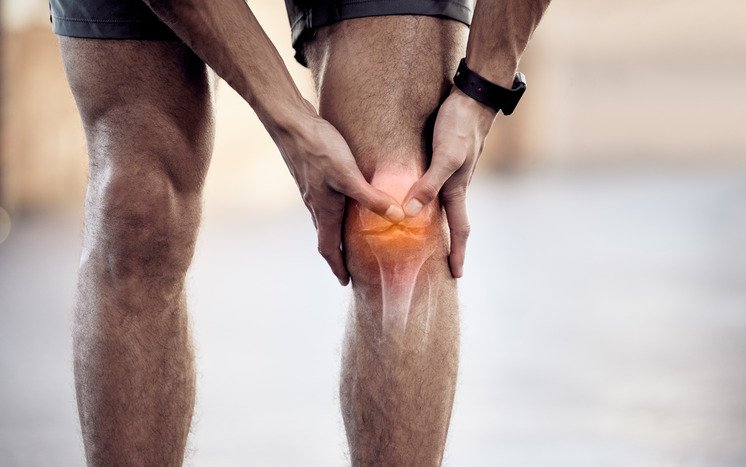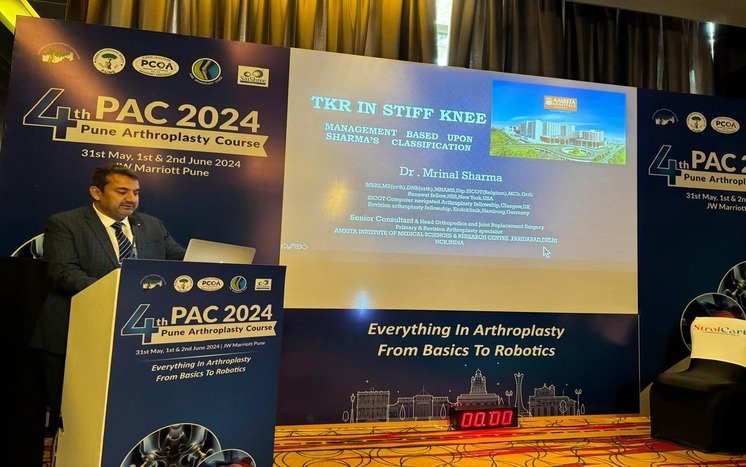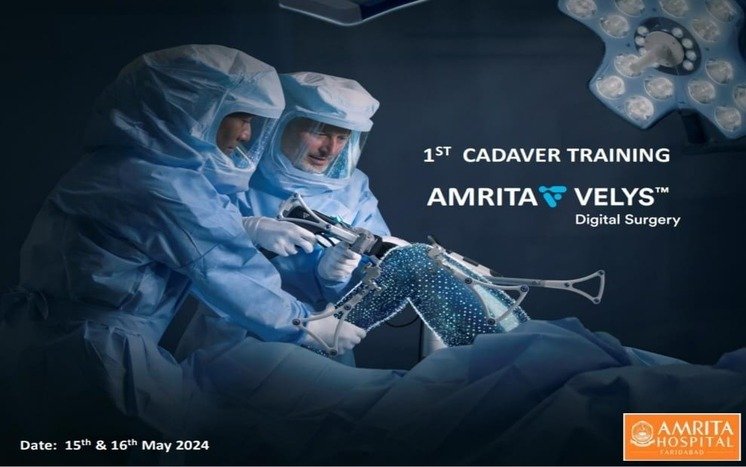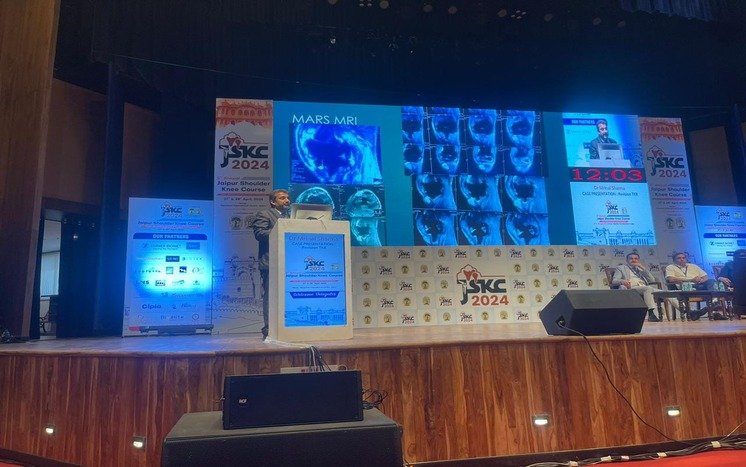
10:00am to 04:00pm (Mon to Sat) - Metro Hospital, Faridabad
06:00pm to 08:00pm (Mon to Sat) - Arthrocare Clinic, Noida
10:00am to 04:00pm (Mon to Sat) - Metro Hospital, Faridabad
06:00pm to 08:00pm (Mon to Sat) - Arthrocare Clinic, Noida
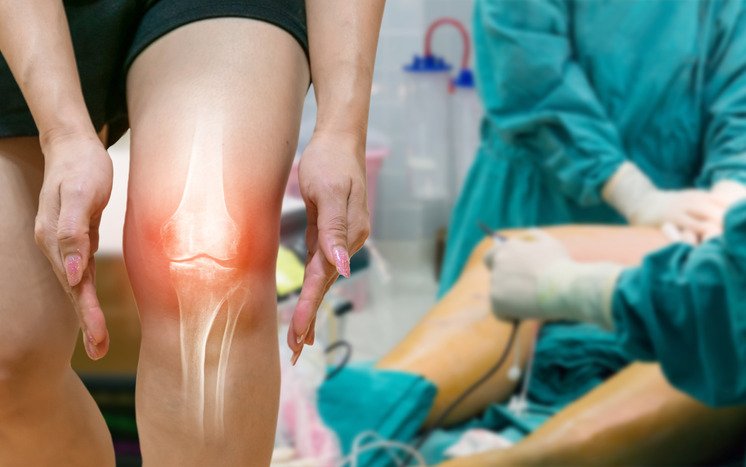 March 6, 2024
March 6, 2024
In orthopedic surgery, knee replacements have been a beacon of hope for countless patients suffering from debilitating joint pain. The advent of robotic knee replacement has introduced a new era of precision and personalization, offering a compelling alternative to traditional knee replacement methods. Among the pioneers at the forefront of this revolutionary approach is Dr. Mrinal Sharma, widely regarded as one of the best knee replacement surgeons. This guide explores the differences between robotic knee replacement and traditional surgery, shedding light on the benefits and considerations of each method.
Traditional knee replacement surgery has been the gold standard for decades, helping to restore mobility and alleviate pain for patients with severe knee damage. This procedure involves the surgeon making a large incision to access the knee joint, removing damaged bone and cartilage, and replacing it with an artificial joint or prosthesis. The success of this method relies heavily on the surgeon’s skill and experience in aligning the implant correctly.
Robotic knee replacement represents a significant advancement in orthopedic surgery. Utilizing cutting-edge robotic technology, surgeons like Dr. Mrinal Sharma can achieve unprecedented precision in implant placement. This method involves creating a 3D model of the patient’s knee, which allows for meticulous pre-surgical planning. During the procedure, the surgeon guides a robotic arm to remove the damaged parts of the knee and position the implant with exactitude.
Dr. Mrinal Sharma is celebrated for his surgical expertise and dedication to embracing innovative treatments that enhance patient outcomes. Dr. Mrinal Sharma offers his patients a cutting-edge alternative to traditional surgery by specializing in robotic knee replacement. His commitment to precision and personalized care has established him as a leading knee replacement surgeon, transforming lives through improved mobility and pain relief.
When considering knee replacement surgery, patients are now presented with two distinct paths: the traditional approach, which has served as the foundation of joint replacement for years, and the robotic-assisted technique, which offers a new level of precision and personalization. As medical technology continues to evolve, the choice between these methods will depend on individual patient needs, the availability of technology, and the expertise of surgeons like Dr. Mrinal Sharma. Ultimately, both approaches aim to achieve the same goal: improving the quality of life for knee pain patients. However, the introduction of robotic knee replacement under the guidance of skilled surgeons represents a significant leap forward in achieving optimal outcomes with minimal recovery time.
